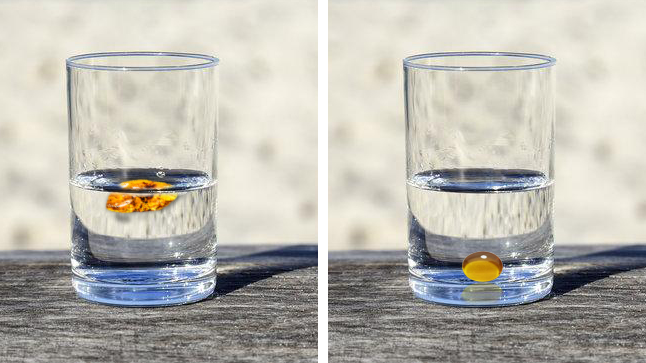The Beauty of Amber and Copal: Understanding Their Differences and Uses in Jewelry and Art
Amber and copal are two captivating organic gemstones, often admired for their warm hues and fascinating inclusions. While they may appear similar at first glance, these precious stones possess distinct characteristics and histories. Let's explore what sets them apart, how they are treated, and their diverse uses in jewelry and art. More current information about unique jewelry made of amber and zirconia can be read on the amberhats.com blog.
What Makes Amber Different from Copal?
Amber and copal both originate from tree resin, but their formation processes and ages vary significantly. Amber is fossilized resin that has undergone millions of years of polymerization and hardening, often dating back to the Eocene epoch, around 30 to 50 million years ago. In contrast, copal is much younger, usually between 1,000 and 1 million years old, and is in a pre-fossilized state.
The primary difference lies in their hardness and chemical stability. Amber is harder and more durable, making it suitable for long-lasting jewelry. Copal, being softer and less stable, is more prone to scratching and degradation over time. This distinction makes amber a more valued gemstone in the market compared to copal.
Understanding Amber Treatments
Amber, like many gemstones, can undergo various treatments to enhance its appearance and durability. Heat treatment is common, where amber is gently heated to darken its color and improve transparency. This process can also help reduce internal fractures and inclusions, making the amber more visually appealing.
Another treatment involves the application of pressure and heat, known as "autoclaving." This technique can significantly enhance the clarity and color of amber. Additionally, amber can be surface-treated with oils or resins to improve its luster and overall look. Understanding these treatments is essential for appreciating the value and beauty of amber jewelry.
Deciphering Amber and Copal
Distinguishing between amber and copal can be challenging due to their similar appearances. However, there are a few key tests that experts use to tell them apart. One common method is the "solubility test." Amber is insoluble in most organic solvents, whereas copal can dissolve in certain solvents like acetone or alcohol.
Another test is the "hot needle test." When a hot needle is pressed into the surface of the stone, copal will soften and emit a resinous smell, while amber remains hard and emits a pine-like scent. These tests, along with an understanding of their geological context, help gemologists accurately identify and classify these stones.
Exploring the Copal Variants
Copal exists in various forms and from different regions, each with unique characteristics. African copal, primarily found in countries like Madagascar and Kenya, is often golden yellow and relatively clear. Colombian copal, on the other hand, tends to be more opaque and ranges from pale yellow to deep orange.
Indonesian copal, known for its distinct yellow-brown color, is commonly used in traditional ceremonies and crafts. These regional differences in copal add to its charm and diversity, offering a wide range of options for artisans and collectors.
The Versatile Use of Amber and Copal in Jewelry and Art
Amber and copal have long been cherished for their beauty and versatility in jewelry and art. Amber, with its rich history and fossil inclusions, is a favorite among jewelers and collectors. It is often crafted into necklaces, bracelets, earrings, and brooches, sometimes incorporating ancient insects or plant material trapped within the resin.
Copal, though less durable, is equally valued for its aesthetic appeal. It is used in creating decorative items, beads, and carvings. Artisans appreciate copal for its ease of carving and its ability to hold intricate details, making it a popular choice for sculptures and ornamental pieces.
Delving Deeper into Amber and Copal
The allure of amber and copal lies not just in their visual beauty but also in their fascinating origins and the stories they tell. Amber, with its prehistoric inclusions, offers a glimpse into ancient ecosystems and the history of our planet. Copal, while younger, still provides valuable insights into the natural world and the processes of resin fossilization.
Both amber and copal continue to captivate scientists, collectors, and artisans alike. Their unique properties and timeless appeal ensure that these precious stones will remain treasured for generations to come.
In conclusion, understanding the differences between amber and copal enhances our appreciation of these remarkable gemstones. Whether adorning jewelry or being showcased in art, their beauty and history make them truly special additions to any collection.